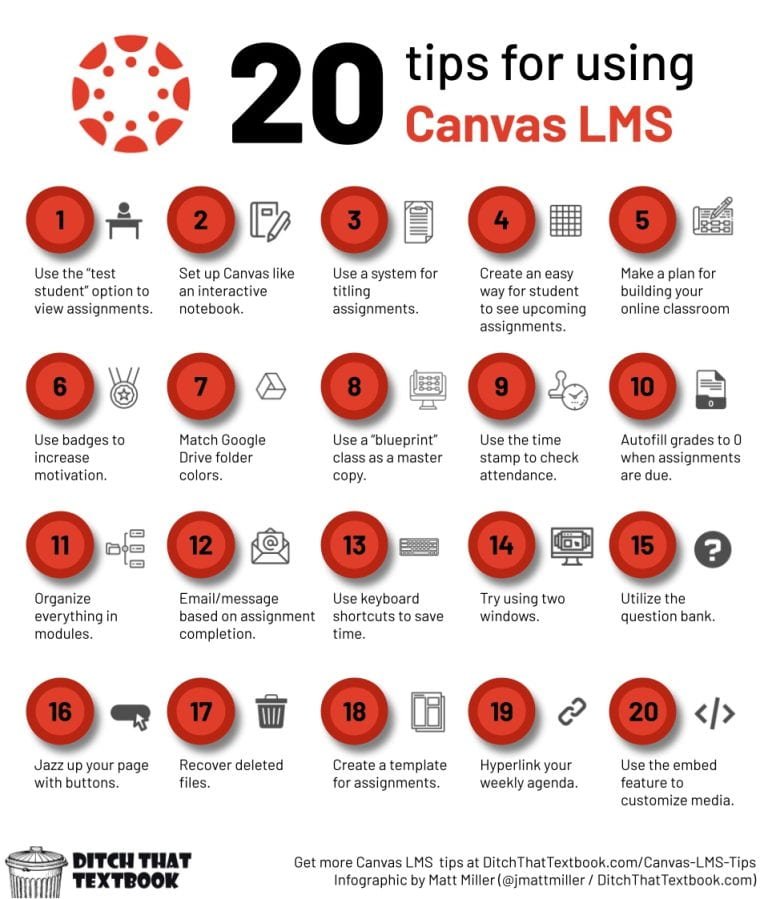We have talked in the past about tips for making office hours equitable and accessible for students.
This post adds to the conversation with a few best practices. The following are adapted from Vanderbilt University “Office Hours and Email” (n.d.) and Northern Illinois University (NIU)“Connecting with Students in Online Courses” (n.d.). NIU notes that there are typically two types of students who actively seek out office hours: high achieving students and struggling students.
For high achieving students, office hours can be motivational—individualized faculty attention and support can further enhance their achievements.
For the struggling students, office hours can be supportive, with faculty offering individualized guidance and insights on how the student may improve.
By making a personal connection, you can motivate all types of learners to succeed. Getting to know your students will also give you the opportunity to understand how the course is going and how you might adjust your instruction to improve learning.
Some of the recommendations from Griffin, W. et. al., (2014) study to understand why students do not attend office hours included faculty “educating” students as to the benefits of office hours and making office hours as accessible as possible.
Tips that align with these suggestions include:
Find the right place and time.
Consider holding office hours in a student-friendly location on campus, or virtually.
Provide clear instructions on how to locate your office hours(face-to-face or virtual) at the appropriate time.
Reiterate the availability of office hours throughout the course and offer scheduled appointments for mutual convenience to promote attendance.
Require a visit, preferably early in the course. If the visit is to discuss some course issue, say possible term paper or project topics, that conversation can show students the value of meeting with the prof. They get good feedback on the topic they’re considering, get ideas about other options, and can ask questions about assignment details.
Encourage students to come and help them prepare for meetings.
Let them know what materials or information would be helpful to have access to during office hours.
Tell them how to submit files prior to office hours (if necessary).
In addition to course topics, consider promoting discussions about careers, internships, research experiences and degrees in your field.
Inside Higher Ed Reminds us that virtual office hours benefit the following:
Students who don’t live on the campus. According to the National Center for Education Statistics, 76 percent of all undergraduate students lived off campus — either on their own or with their parents — while taking classes in 2016, the latest year for which those data are available. Living off the campus creates many challenges for students if only in-person office hours are offered. If office hours mean finding transportation (either public or private), then navigating through the campus and often a labyrinthine academic office building, and then perhaps having to wait, students will reasonably begin to evaluate whether their question or concern is “worth it.” Virtual office hours place these students on equal footing with their on-campus peers, allowing them to engage with the instructor without conducting a cost-benefit analysis of their time, money and effort.
First-generation students. The challenges first-generation students face are significant enough that they must discover what Buffy Smith has termed the “hidden curriculum.” Part of that includes their intimidation of one-on-one interactions with their professors. Your office, however, you might attempt to make it inviting, is still a foreign, rather scary place to many students. Virtual office hours, in contrast, allow students to remain in an environment where they feel comfortable yet can still build a relationship with their instructor.
Students with jobs. Turning once again to the National Center for Educational Statistics, 43 percent of full-time students were employed in 2018, of which 27 percent worked more than 20 hours a week. The pandemic has been destroying the economies of many college towns, including the businesses that employ students during their studies. Student employment will probably continue to be unstable in terms of scheduling and hours even after we return to fully in-person learning. Students need every bit of flexibility that they can get and offering virtual office hours can allow them that flexibility. This is anecdotal, but students have joined from their phones during their commute to work and told me that they would never have been able to make office hours if they were only held in person. This made me wonder, just how many students are we underserving by insisting on in-person office hours?
Students with a disability. Every student should receive the accommodations and accessibility arrangements they require in order to succeed academically and personally at your institution. Students are not always willing to make those disclosures, however, in part due to the perceived effect on their relationship with a faculty member or instructor. Offering only in-person office hours can deny access to many of these students, whether their disabilities are mobility related, psychological or from the lingering fatigue of a COVID-19 infection. Offering virtual office hours allows these students to access faculty one on one and build relationships crucial to learning and academic success while still being empowered as to where, when and to whom they disclose their disability.
